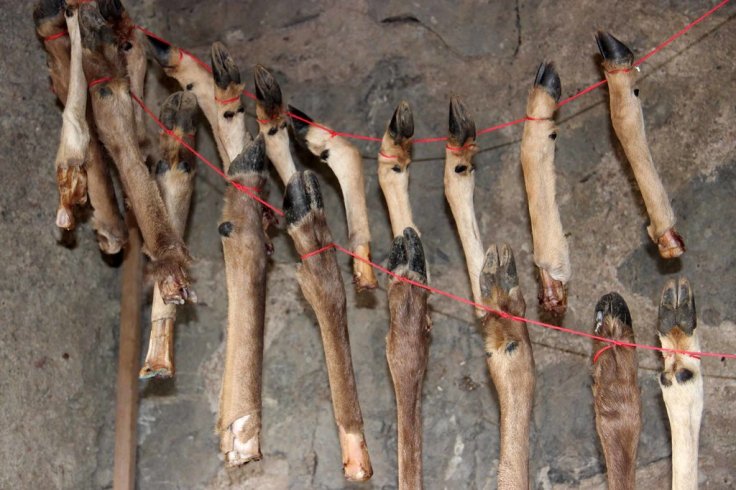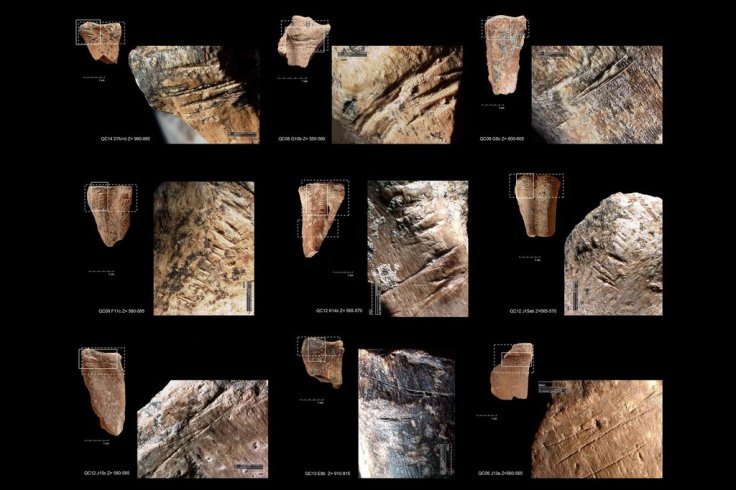
Archaeologists said that that ancient people who used to live in Qesem Cave in central Israel during the early Palaeolithic, around 400,000 to 220,000 years ago may have stored long bones of fallow deer so that they can break it and extract the bone marrow after several weeks.
The research team led by Ran Barkai of Tel Aviv University analyzed marks on more than 80,000 bones from Qesem Cave, where early humans used to live and found heavy chop marks on the ends of some of fallow deer leg bones. But these bones carry no meat and little fat, and the skin is easy to remove when the bone is fresh.
The archaeology team had collected the leg bones of freshly killed deer and stored them in cave-like conditions for several weeks and at the end of each week, by using a flint flake and a quartzite tool, attempted to break the bone to remove the nutrition. After conducting this experiment the researchers found similar marks which they noticed on the Paleolithic deer bones.
Dr Ruth Blasco of Tel Aviv University and the team reported Wednesday that the bone marrow could have remained edible and full of nutritious for up to nine weeks, under some circumstances, as they found the evidence from their recent test.
"It was believed that early hominins were consuming everything they could put their hands on immediately, without storing or preserving or keeping things for later," said Ran Barkai.
He also mentioned that "The nine weeks is under modern conditions," and "That's a minimum. They may have stored their bones for longer."
It should be noted that as per the archaeologists the ancient inhabitants of that region might have used the bone marrow by using atypical cut marks from stone tools on the fossilized fallow deer long bones.
This discovery is possibly the earliest example of prehistoric humans saving food for later consumption. Scientists believe that this finding may also offer insight into the abilities of ancient people to plan for their future.
This study was published Wednesday in Science Advances.










